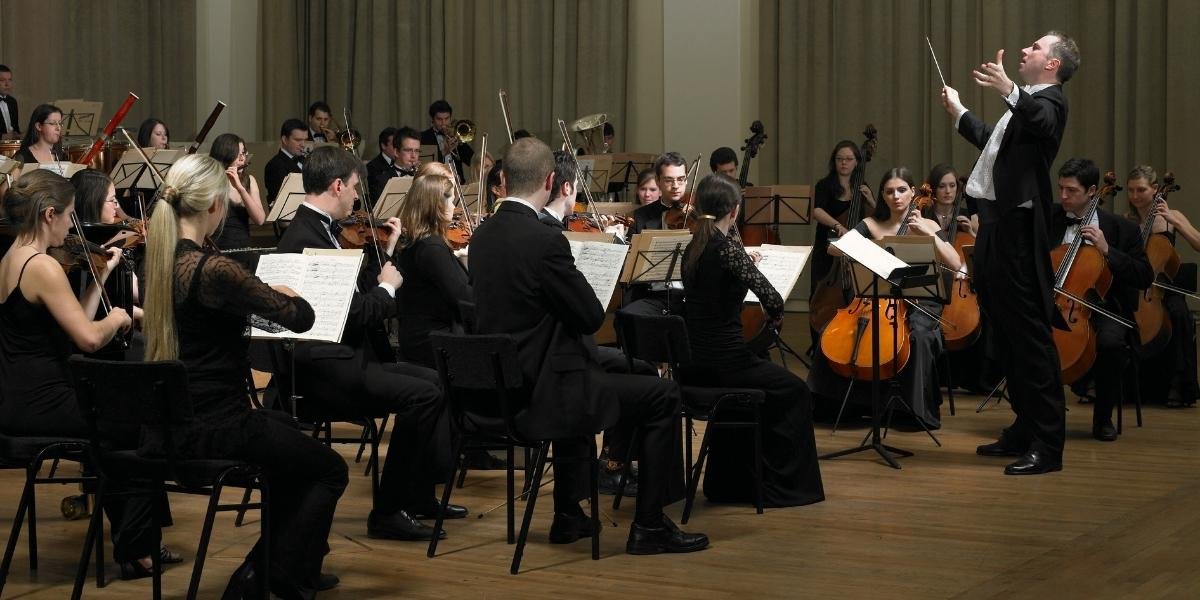An Interview with Ms USA Universe Petite 2025 Winner Adriana Pushchak
By: Margo Holly
After a stunning win on the stage in Las Vegas, Ms USA Universe Petite 2025 crown now rests on the head of Adriana Pushchak—a Ukrainian-born permanent makeup artist, entrepreneur, and a woman whose story speaks of resilience, self-discipline, and unshakable belief. In this interview, Adriana opens up about her emotional victory, the long road that brought her here, and why this crown is about so much more than beauty.
Interviewer: Adriana, congratulations! Take us back to the moment your name was announced. What were you feeling?
Adriana Pushchak: Thank you so much! It’s hard to even put it into words. When they called my name, I froze for a second. I heard the applause, saw the lights—but for me, it was silence. At that moment, I wasn’t just thinking about the crown. I thought about every step that led me here. Every hard decision, every day, I chose to keep going. It was incredibly emotional. I cried because I knew this moment wasn’t just about me—it was about every woman who’s ever doubted herself.
Interviewer: You said something very powerful on stage: “This crown is not only a symbol of my victory—it’s a symbol for all women who choose to believe in themselves every single day.” Can you share what that meant for you personally?
Adriana: That line came from my heart. I’ve met so many women—through my work, through life—who feel like they’re not enough, not seen, not worthy. I’ve felt that too. I wanted to remind them that believing in yourself isn’t always easy, but it’s a daily choice. This crown represents those choices. It’s not about perfection. It’s about courage.
Interviewer: Tell us a bit about your background. Where does your strength come from?
Adriana: I was born in Drohobych, a small town in western Ukraine. My father was a truck driver; my mother worked in a sanatorium. We didn’t have a luxurious life, but we had values—work hard, respect others, never give up. I started dancing when I was little—ballroom dancing for over 10 years. That taught me discipline and grace, both physically and emotionally. Later, I studied psychology in Lviv because my father wanted me to have a stable profession. And it helped. Understanding people and emotions—became part of my foundation.
Interviewer: How did you go from psychology to beauty and then into the world of pageants?
Adriana: Life has its own way of guiding us. I always loved aesthetics, art, and transformation. When I discovered permanent makeup, I fell in love with it—not just because it’s beauty-related, but because it changes how women see themselves. It gives confidence. I trained hard, became a winner… and judged international competitions. But even with all that, I felt a deeper desire to speak—to represent, to inspire. The pageant was a platform that allowed me to share my story and hopefully empower others.
Interviewer: What was the biggest challenge in preparing for Ms USA Universe Petite 2025?
Adriana: The hardest part was emotional. I’m an immigrant. I moved to the U.S. and built everything from scratch. There were doubts. There were times I felt small—like maybe I don’t belong in this kind of spotlight. But I had people who believed in me. Friends, mentors, my team. And I had this quiet fire inside that kept saying, “You are worthy. Keep going.” I trained hard, took every round seriously, and stayed true to myself.
Interviewer: Now that you’re wearing the crown, what comes next?
Adriana: I want to use this platform to speak about self-worth, mental health, and feminine strength. I want to work with young women, especially immigrants and professionals, who are trying to find their voice in a new place. I believe confidence is a skill—something we build with practice, love, and intention. And I want to help others build it.
Interviewer: What advice would you give to the next girl sitting at home, doubting herself, maybe even dreaming of a crown someday?
Adriana: Don’t wait for the perfect moment. Start where you are, with what you have. You don’t need permission to shine. Make mistakes, cry, fall—but always get back up. And most importantly—surround yourself with people who remind you of your strength. That’s what helped me. Your crown may not be gold and diamonds—but it’s in your heart. Wear it proudly.
From a small town in Ukraine to a national stage in the United States, Adriana Pushchak’s story is not just about beauty. It’s about belief, transformation, and quiet determination. As she begins her reign as Ms. Petite USA Universe 2025, one thing is certain—this is only the beginning of a much bigger legacy.
Published by Joseph T.













